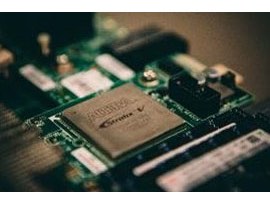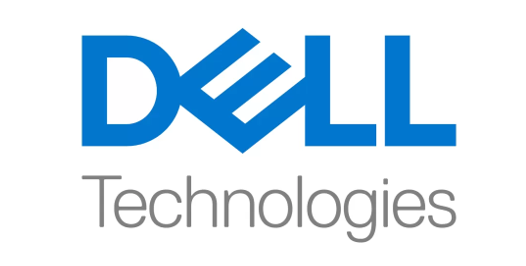In this special guest feature from Scientific Computing World, Tom Wilkie looks at the future of accelerated computing.
One salient feature of SC15, the US supercomputing conference in Austin, Texas, at the end of November was the way in which FPGAs are now coming into the limelight, in a manner markedly similar to the advent of GPUs some eight years ago.
The rate at which accelerators have become accepted in supercomputing is staggering. Nvidia in particular can take some comfort from the fact that around 70 of systems in the list of the world’s 500 most powerful supercomputers, published at the beginning of the conference, use Tesla GPUs. About a fifth of the list – 100 systems — has some sort of acceleration.
Over the course of the past year, Nvidia has strengthened and deepened its links with IBM (indeed, one of its senior executives, Sumit Gupta, who had been a driving force behind the success of Nvidia’s entry into HPC had moved from the company to join IBM). At SC15, IBM, in turn, announced new offerings centered “on the tight integration of IBM’s Power processors with accelerators.”
But it was an announcement about IBM’s interest in FPGAs that attracted attention. It has concluded a multi-year strategic collaboration with Xilinx to develop FPGA-enabled workload acceleration on Power-based systems. Through a private commercial agreement as well as by collaboration through the Open Power Foundation, the two companies are teaming up to develop open acceleration infrastructures, software, and middleware.
They have also developed a new FPGA accelerator service on SuperVessel that makes reconfigurable accelerators available to developers via the cloud. IBM’s Gupta placed these developments firmly in the context, as he put it, that ‘accelerators are a well-accepted fact of computing. Xilinx are walking into a situation where there is support for acceleration. At this point, Xilinx is stepping up to build the ecosystem for their FPGAs. It’s a huge market opportunity.’
The tie-up comes just five months after Intel bought FPGA-maker Altera for $16.7 billion. Just as IBM sees its Power processor technology as a way of serving both high performance computing and data centres for commercial computing, so the Altera acquisition was seen as helping Intel defend and extend what is now its most profitable business: supplying the processors used in data centres.
Inspur sees a future with FPGAs
Inspur, one of the main Chinese supercomputer vendors, is also keen to ensure that it catches that tide in high-performance computing generally that seems to be running in favour of FPGAs. The drive to incorporate FPGA technology in Inspur’s portfolio means that it is becoming an HPC systems vendor capable of offering heterogeneous computing architectures embracing GPUs (for it already has cooperation agreements with Nvidia), Intel Phi co-processors, and FPGAs.
John Hu, vice president and chief technology officer for Inspur, remarked that an FPGA could deliver twice the compute performance of a CPU, with an energy consumption of only 30W compared to something like 190W. The most significant barrier to the wider adoption of FPGAs is the difficulty in programming them, and Inspur is addressing this issue, he continued, by using an OpenCL app to accelerate the process. He cited one project in which it took only two engineers two months to port a neural network algorithm to FPGAs. ‘It is very interesting for us to lower the barriers to FPGAs,’ he said.
One application where the company is interested in using FPGAs is in ‘deep learning,’ he continued. At SC15, Inspur launched one example of such a project — a speech recognition system based on Altera’s Arria 10 FPGAs and a deep neural network (DNN) algorithm from iFLYTEK, an intelligent speech technology provider in China. It is a ‘deep learning’ application using Inspur’s FPGA-based heterogeneous design of architecture and software developed in a high-level programming model in OpenCL to enable migration from CPU to FPGAs.
Looking further to the future, Hu explained that Inspur will develop FPGA-based system, covering full rack computing, internet servers, and storage, with the aim of making these solutions widely available. He envisaged the possibility that the new heterogeneous computing model for HPC could be a CPU+FPGA system, with more and more HPC applications, data centre applications, internet, and deep learning applications being ported to a CPU+FPGA architecture.
This story appears here as part of a cross-publishing agreement with Scientific Computing World.




